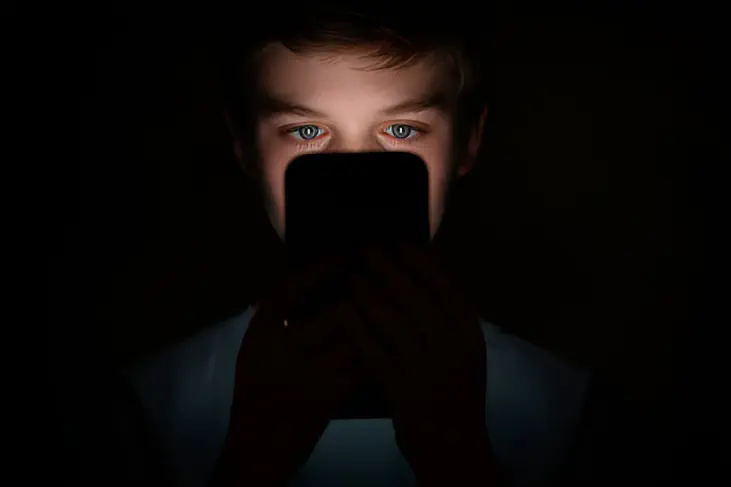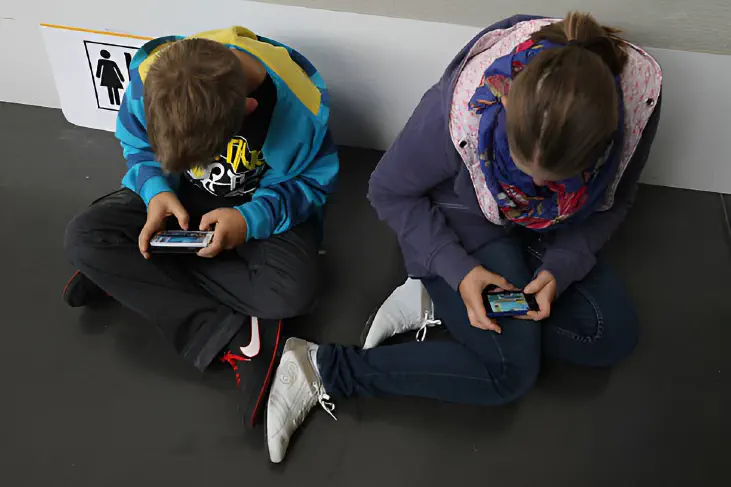As parents and responsible for child safety, it breaks my heart to see so many children addicted to their gadgets at the expense of their health and development, in some cases they suffered from early exposure to pornography and sexually abused or sexually risky behavior in children. While technology has its benefits, unfettered access for kids comes with serious risks.
The Impact of Excessive Screen Time

— Getty Images
Gadgets are quickly becoming a daily part of life for the newest generation, starting as early as toddlerhood. Parents hand over smartphones and tablets to occupy and distract their children. But what parents may not realize is that besides the obvious effects like eye strain, sleep disturbances and obesity, excessive screen time is actually rewiring young brains in ways that threaten healthy development.
The risks of excessive screen time
Studies have found that among children who use technology for more than 7 hours a day, 45% experience concentration issues and 43% have problems sleeping. Heavy media multitasking is also linked to difficulty focusing and learning challenges. And the blue light emitted by screens disrupts children’s natural production of melatonin, making it harder for them to fall asleep.

— Getty Images
Social and emotional implications
Just as worrisome are the social and emotional implications. Because they spend less time interacting face-to-face, kids who are immersed in digital world are at risk for developmental delays in language and communication skills. They also struggle to read social cues and form meaningful connections with others. Many suffer from loneliness, anxiety and depression.

— Getty Images
For the health and wellbeing of our children, change is critical. Parents must recognize this threat and take action. They need to set strict limits on screen time, especially for young children. They also have an obligation to monitor what their kids are accessing online and guide them towards age-appropriate content. With care, patience and open communication, parents can teach children how to properly manage technology instead of allowing it to manage them.
The risks associated with exposure to pornography

— Getty Images
Exposure to pornography is another major risk of unfettered internet access for children. Pornography promotes unrealistic and often dangerous messages about sex and relationships that can cause harm to developing minds.
Young children who view pornography may become confused about appropriate boundaries and behavior. They may try to act out what they see in inappropriate ways toward other children or even mimic sexual behavior. Early exposure to sexual content can also give kids anxiety about their bodies and sexuality as they grow up.

— Getty Images
The long-term effects of early exposure to pornography
Long term, children who view pornography regularly are more likely to have issues with sexual addiction and an unhealthy view of sex as adults. Studies have found links between early exposure to pornography and sexual violence, risky sexual behaviors, and difficulty forming intimate relationships later in life.
Pornography also often depicts situations that normalize aggression, abuse and the objectification of women. Children who are exposed to these harmful messages at an early age may come to see them as acceptable. Boys especially may develop attitudes that make them more likely to engage in abusive behaviors toward girls as they mature.

— Getty Images
It is critical for parents to monitor and limit their children’s internet access to prevent accidental exposure to pornography. Parents should also proactively discuss appropriate internet use and behaviors with their kids to boost awareness. Open communication where children feel comfortable bringing issues to parents can help identify problems early on.

— Getty Images
Above all, parents must make it clear that pornography does not reflect realistic or healthy attitudes around sex, women and relationships. Children need to understand from a young age that pornography promotes a distorted and destructive view of intimacy that can cause deep psychological and interpersonal harm. We owe it to the next generation to keep them safe from these dangers for as long as possible.
Our kids deserve nothing less than our very best efforts to protect them. So I say to all parents - stay informed, set boundaries, foster open dialogue, and most of all remember you have the power to save them from a world of gadgets. Together, we can make a real difference.



